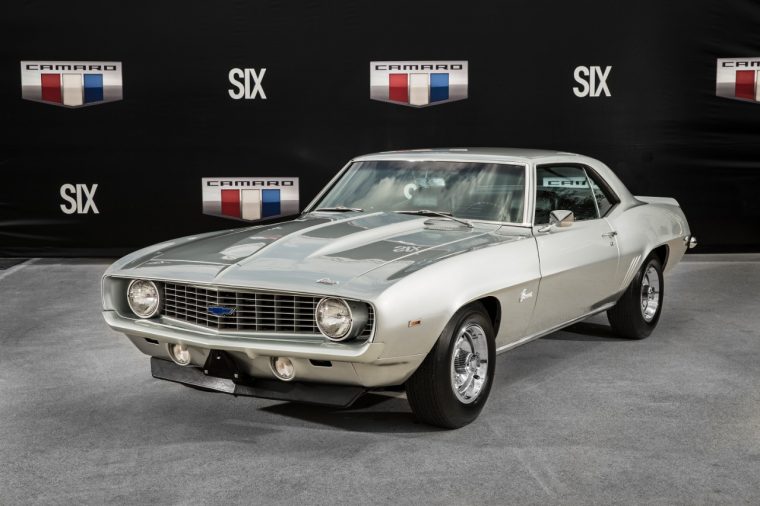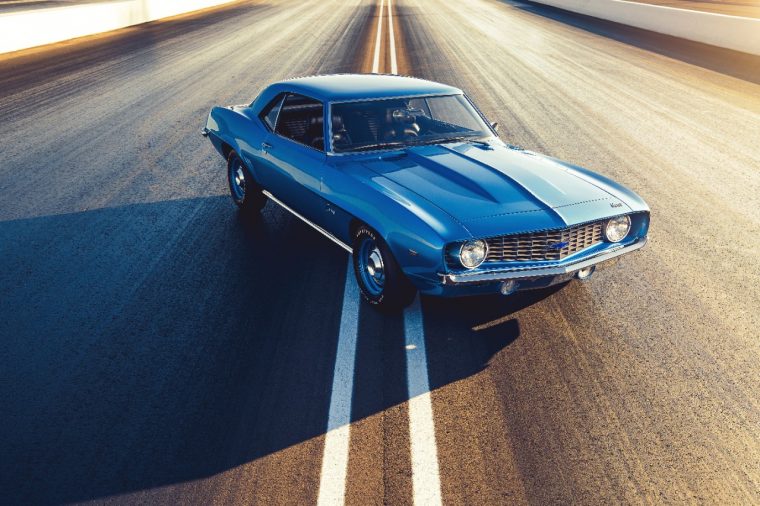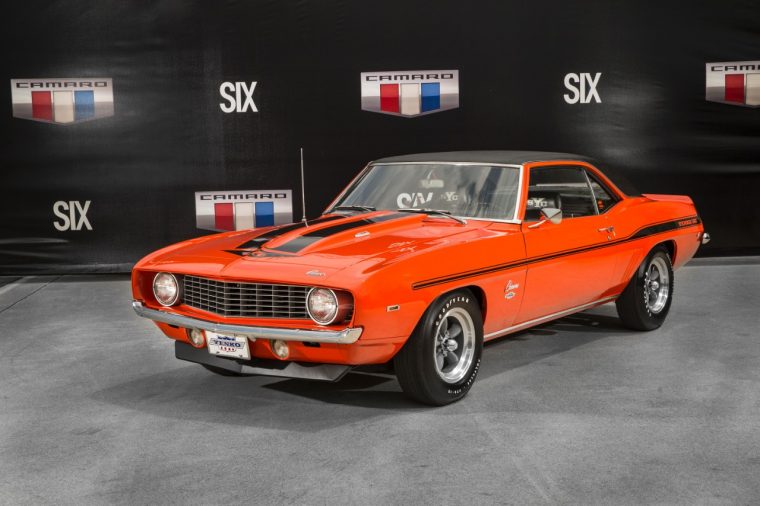The name of COPO Camaro is legendary on the dragstrip for its high power and exclusivity. This year, Chevrolet is celebrating the 50th anniversary of the model with a special-edition COPO Camaro and an all-electric concept COPO Camaro. However, behind the glamour, the COPO Camaro has an interesting origin story that involves a little trickery to get the legendary model to the dragstrip.
Looking Today? Here is the 2019 Chevrolet Camaro

In the late 1960s, the competition left Chevrolet in the dust at the drag strip. Ford was installing 428 Cobra Jet engines in its Mustangs, Chrysler was making Hemi Darts and Barracudas, and AMC was putting 401 engines in AMX models. To overcome this, Fred Gibb, a Chevy dealer and drag racer, wanted to put the brand’s aluminum ZL1 427-cubic-inch engine into a Camaro to compete.
Unfortunately, Chevrolet had a running commandment: “Thou shalt not mess with the Corvette.” Corporate policy banned Chevrolet from putting anything larger than 400 cubic inches in any other passenger car smaller than “full-size.” Ordering a Camaro using conventional channels with the bigger engine would have been a long, difficult process. Meanwhile, high-level GM executives would have sternly disapproved.
So, in 1969, Gibb, along with insiders at Chevrolet Performance like Vince Piggins and Pete Estes, came up with a workaround. They used the Central Office Production Order.
The Central Office Production Order (or COPO) was a special kind of order form that dealers were supposed to use for fleet vehicles like police departments or trucking companies. With this, they created the COPO 9560.
These Camaros included:
- Aluminum ZL1 427-cubic-inch engines
- A new cold-air hood
- Heavy-duty cooling
- Transistor ignition
- A special rear axle
- Mandatory optional special tires
- Mandatory optional power front disc brakes
- One of four transmissions
Other than this, the models included very few options.

Of course, there was another catch before these cars could hit the dragstrip. To be eligible to compete for an automaker, the brand needed to offer at least 50 of the cars to the public. Gibb ordered the requisite 50, but actually selling them was a tall order. With the options, they ticked in at about double the price of a normal Camaro.
Gibb eventually sold 13, and the 37 remaining went to other dealers. Many of the models were retrofitted with options in order to sell. Other dealerships also ordered their own COPO models, leading to a total of 69 COPO Camaro models with the ZL1 engine in the end.

Another COPO program came later the same year: the COPO 9561, brainchild of racing Chevrolet insider Don Yenko. Before this, Yenko had already been producing high-power Camaros. However, he couldn’t race them as official Chevrolet vehicles because Yenko altered the cars from their factory specs. Contrary to the Gibb COPO Camaro, the COPO 9561 used 427-cubic inch iron-block engines, with a different ignition system and front springs.
Yenko’s name still graces high-powered Chevrolet models today, including both Camaros and Corvettes.
Don’t Mess With It: Meet the 2019 Chevrolet Corvette
News Sources: Chevrolet, AutoBlog, Hot Rod, Camaro Research Group, Edmunds
The News Wheel is a digital auto magazine providing readers with a fresh perspective on the latest car news. We’re located in the heart of America (Dayton, Ohio) and our goal is to deliver an entertaining and informative perspective on what’s trending in the automotive world. See more articles from The News Wheel.




